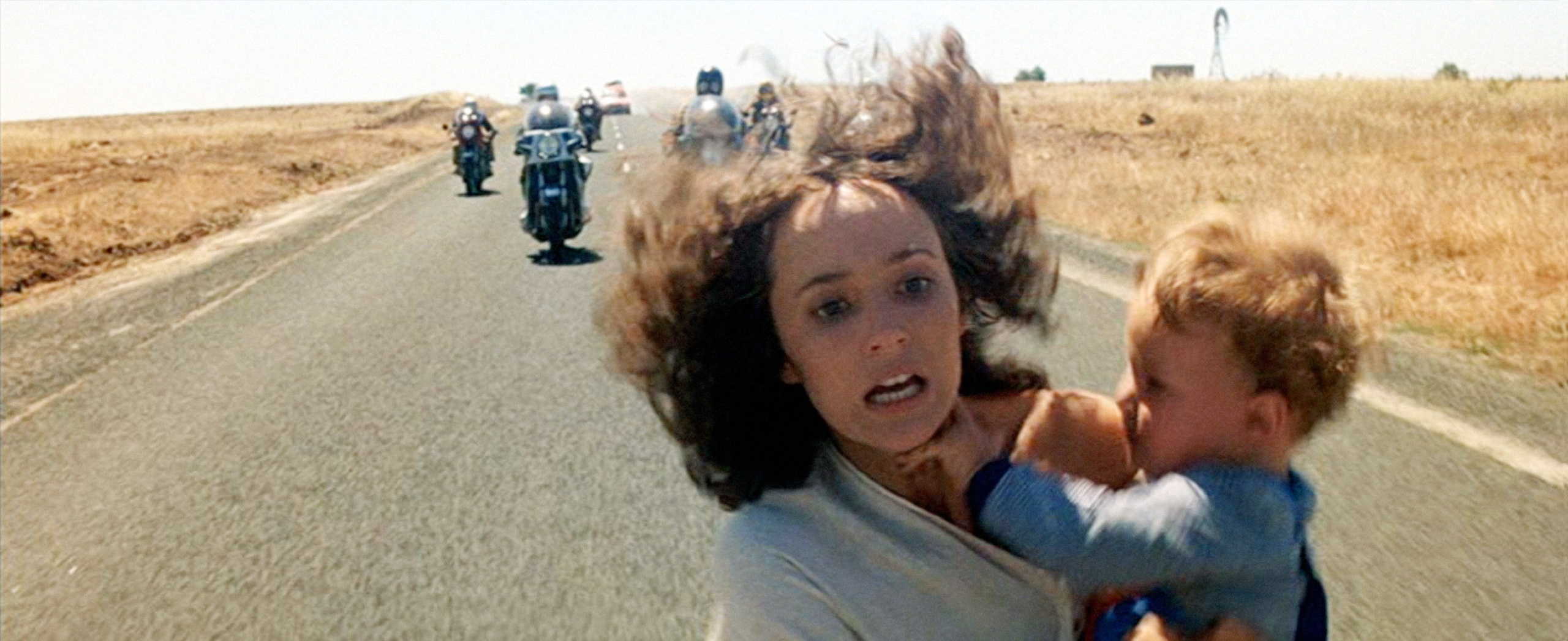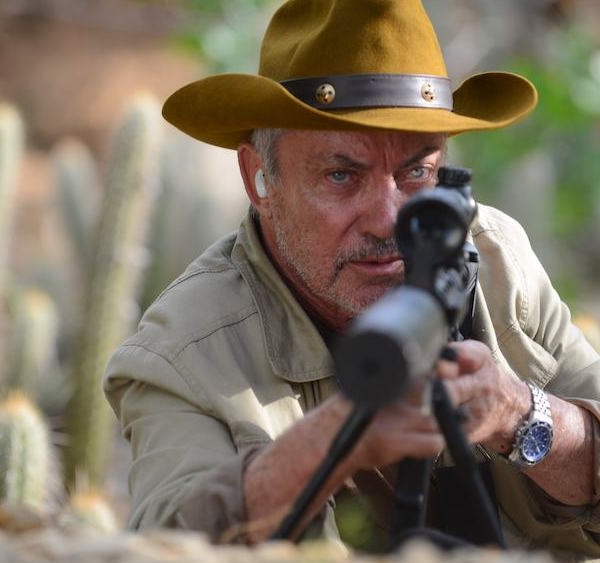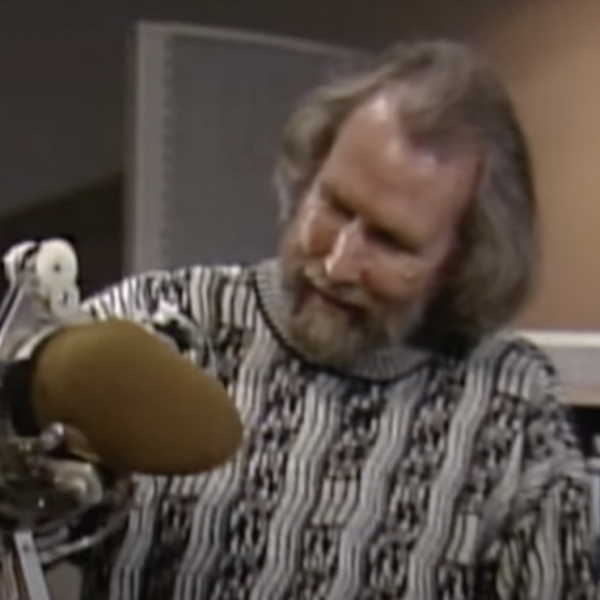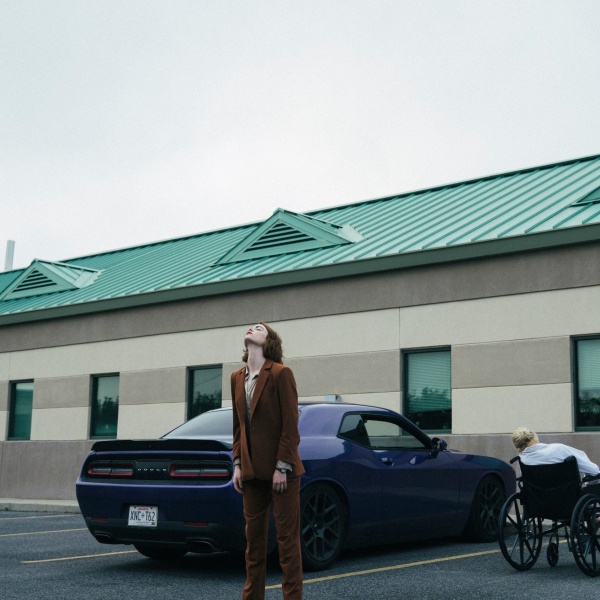In the late 1970s, George Miller was a doctor-turned-filmmaker toiling away on his debut feature, “Mad Max,” a kinetic cop flick set in the near future starring a then-unknown Mel Gibson. Though “Mad Max” would ultimately revolutionize action filmmaking and spawn four sequels, including “Furiosa,” Miller was frustrated at his inability to fully realize his vision and struggled to get the immersive chase sequences he envisioned on screen. Luckily, he had a collaborator who not only showed him the ropes when it came to conceptualizing and executing stunts but also provided a new way of looking at filmmaking that gave him the inspiration to move forward.
“If there wasn’t a Grant Page, there wouldn’t have been a ‘Mad Max,’” Miller told IndieWire when he was a guest on an upcoming episode of the Filmmaker Toolkit podcast. “He taught me things about the work and how to approach it that I still remembered while I was shooting ‘Furiosa.’” Page was the stunt coordinator on “Mad Max,” and he’s a legendary figure in the history of Australian cinema — not just for his ground-breaking set pieces in Miller’s film but also for his work on several classics by Brian Trenchard-Smith (“The Man from Hong Kong,” “Stunt Rock”) and his performance as the killer in Richard Franklin’s “Road Games,” a movie praised by Quentin Tarantino and others in “Not Quite Hollywood: The Untold Story of Ozploitation!” as one of the greatest of all Australian thrillers.
In that same documentary, Trenchard-Smith referred to Page as “the guy you get to dodge the cars, slide down the cliff on fire, jump into the water and fight the shark,” but for Miller, Page was more than one of the great daredevils in a profession filled with them. “He had a very scientific approach to things,” Miller said. “He was doing things that no one else was doing at the time. When we asked him to do ‘Mad Max,’ we had hardly any money and we had no experience at all.” Ten days into the shoot, before the company had even shot any stunts, Page’s motorcycle was hit by a truck while he was traveling to the location, and he ended up in the hospital. “After three or four days, he checked himself out of the hospital and turned up on the set in a wheelchair. There are photographs of him wearing a plaster cast on his face because his nose had to be corrected, and he had plaster on his leg.”

Eventually, Page cut off his plaster and directed several of the movie’s awe-inspiring stunts; he also performed one of the movie’s most famous stunts, a car flying through an RV. “He was just amazing,” Miller said. Page also gave Miller a perspective that the young director desperately needed as the film wound down, and Miller feared he had lost control of both his movie and his crew. “He said, ‘George, you ever hear about the Indian brave who would go out every full moon and fire an arrow at the moon? Everyone thought he was crazy. Now, he never hit the moon, but he fired an arrow further than anyone else had.’ And that really stuck with me. He had a huge influence on my work and life and was a general inspiration for how to strive.”
Page passed away in a car accident at the age of 85 while “Furiosa” — his final credit as a stunt performer — was in post-production. “I saw him a month before he died,” Miller said. “He said, ‘We don’t get old, we get lazy. We get stuck in our own orthodoxies. It’s almost denying that everything is always adapting. The world becomes too bewildering for us, so we have to lock into dysfunctional views of the world which don’t acknowledge that we’re constantly changing and evolving, in terms of culture and everything else.’ That’s Grant.”
Look for IndieWire’s Filmmaker Toolkit podcast episode with George Miller on podcast platforms May 28.




